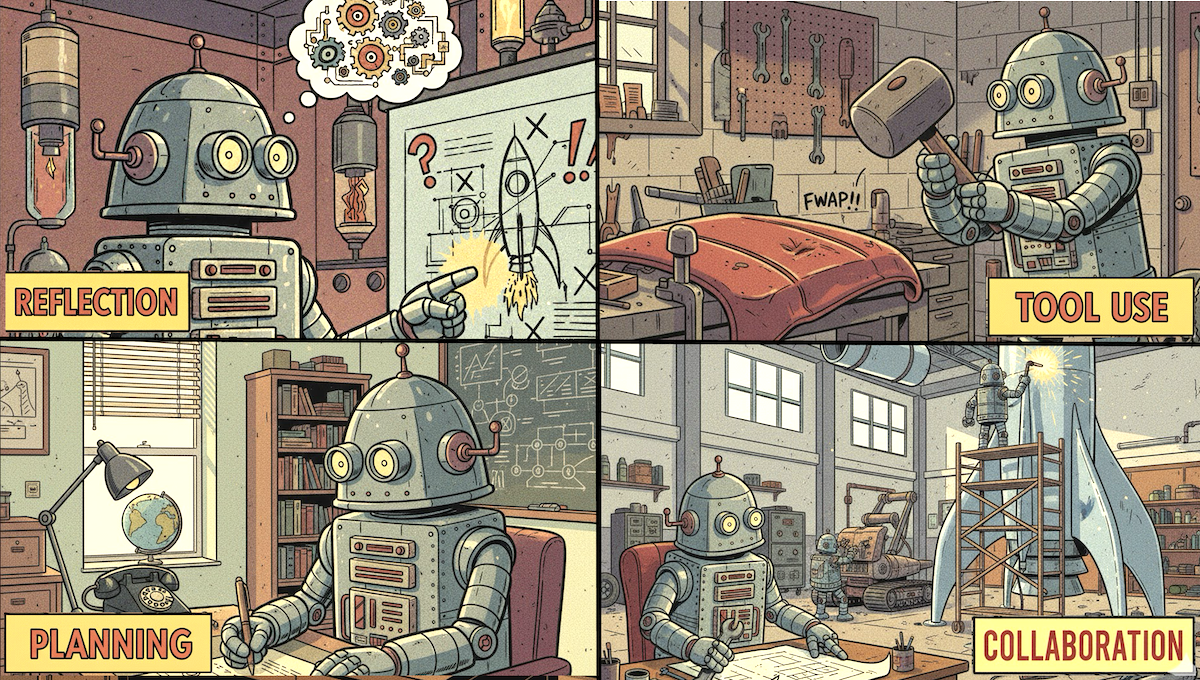
Sam Altman opened OpenAI DevDay 2025 by highlighting significant growth, with 4 million developers and 800 million weekly ChatGPT users. The keynote introduced four core releases aimed at empowering developers. First, the Apps SDK allows building interactive applications directly within ChatGPT, offering a full tech stack for data connection, action triggering, and UI rendering, with distribution to hundreds of millions of users and future monetization. Demonstrations showcased integrations with Coursera, Canva, and Zillow. Second, the Agent Kit provides a comprehensive suite of tools, including Agent Builder for visual workflow design, Chat Kit for embedded chat experiences, and specialized evaluation features, aiming to accelerate agent development from prototype to production. Examples included Albertson's and HubSpot. Third, Codex, OpenAI's software engineering agent, now powered by GPT-5 Codex, is officially released, offering enhanced code refactoring, review, and dynamic reasoning, with new features for engineering teams like Slack integration and an SDK. A live demo showed Codex building software to control cameras, lights, and Xbox controllers without manual coding. Finally, significant model updates include GPT-5 Pro for highly accurate reasoning, Realtime Mini for advanced voice interactions, and a preview of Sora 2 API for creators, offering controllable, high-quality video generation with synchronized audio. The event emphasized a future where AI drastically accelerates software creation, making it accessible to anyone with an idea.
















